U.S. economic growth could be close to flat in the first quarter, the Federal Reserve Bank of Atlanta suggested in its latest model.
While it’s not an official forecast by the Atlanta Fed, the institution noted that “it is best viewed as a running estimate of real GDP growth based on available economic data for the current measured quarter.”
Last week, the Bureau of Economic Analysis reported that fourth-quarter real GDP growth came in at 6.9 percent, 0.4 percentage points above the final GDPNow model.
As a result, this could accurately represent what to expect in the coming months regarding the national economy.

President Joe Biden recently championed the latest GDP reading, celebrating the best growth since 1984.
“This is no accident. My economic strategy is creating good jobs for Americans, rebuilding our manufacturing, and strengthening our supply chains here at home to help make our companies more competitive.”
However, critics have pointed out that much of the growth that transpired in the previous quarter could be attributed to companies rapidly restocking their inventories. This has some market analysts warning of a sharp decline in the first-quarter GDP amid a potential slowdown or reversal in restocking and concerns over the Omicron coronavirus variant.
In recent weeks, stagflation has been the talk of Main Street and Wall Street.
Stagflation is a combination of the words stagnation and inflation. The term was first coined in the UK in 1965 to describe an economic situation characterized by slow economic growth and high inflation.
The last time the United States endured a severe bout of stagflation was in the 1970s. During this decade, the U.S. economy was going through a case of surging inflation, soaring energy prices, and significant levels of joblessness.
What the Experts Forecast
Peter Schiff, president and CEO of Euro Pacific Capital, appeared on the Wharton Business Daily podcast to talk about the U.S. economy in 2022.Overall, Schiff thinks the country is moving toward stagflation.
“A lot of the inflation was in financial assets, so stock prices were going up because of inflation, bond prices, real estate prices. That didn’t bother people because they thought inflation was making them rich,” he said.
Today’s conditions are worse than they were in the 1970s if the consumer price index (CPI) were measured the way it was back then, he said.
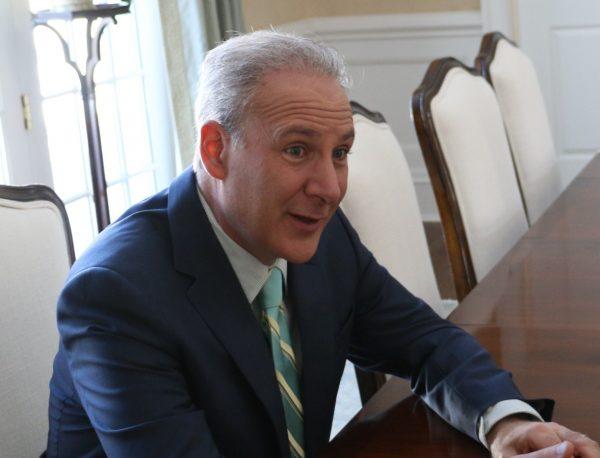
“So it’s a big problem. And unfortunately, it’s going to get much worse,” Schiff said.
But rather than stagflation, could the United States suffer a recession?
“During the next three to six months the market is likely to focus more on the risk of recession in the United States, the serious slowdown in the Chinese and emerging market economies, and potentially a surprising drop in inflation,” the letter reads.
Jeffrey Gundlach, the founder of DoubleLine Capital LP, said he’s on “recession watch.”
“And since that’s going away, it is just not plausible to think that we don’t have more headwinds in 2022 for risk assets and, ultimately, for the economy. The signals from the bond market are starting to look a little bit like a pre-recessionary period,” he said. “We are going to be more on recession watch than we’ve been for the past two years.”
If an economic downturn does transpire, it will be challenging for the Federal Reserve because of its plans to raise interest rates from their historic lows.
At the end of its two-day Federal Open Market Committee policy meeting last week, the Fed signaled that it would pull the trigger on a rate hike in March.

“If the data say that things have evolved in a way that a 50 basis point move is required or [would] be appropriate, then I’m going to lean into that if moving in successive meetings makes sense. I’ll be comfortable with that,” Bostic said.
But one investment analyst doesn’t think the country should be on stagflation watch.
Fed Chair Jerome Powell and the financial markets will be keeping a close eye on the January manufacturing data, job openings and quits numbers, and the January jobs report.
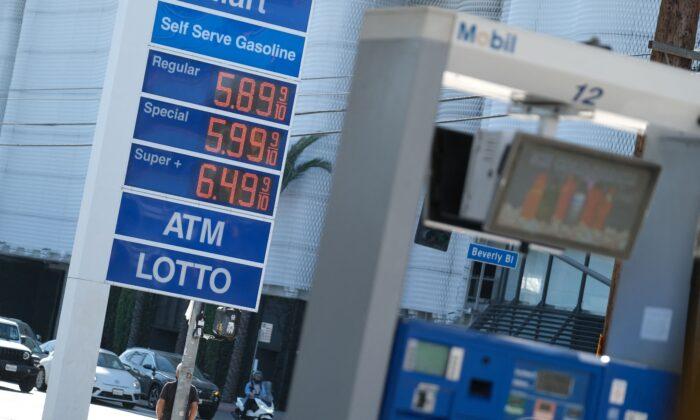

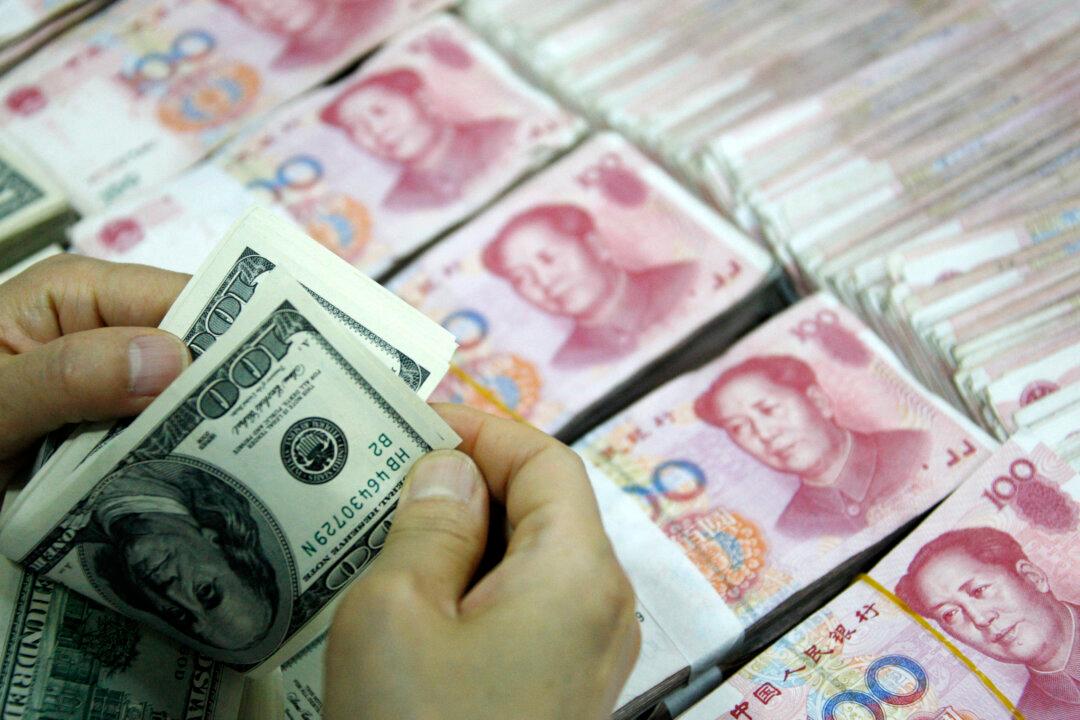
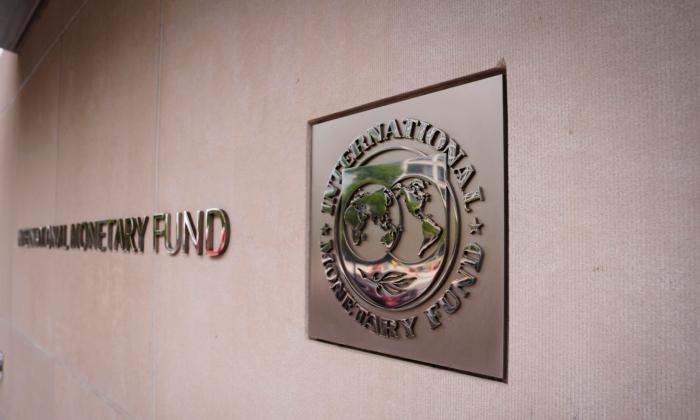
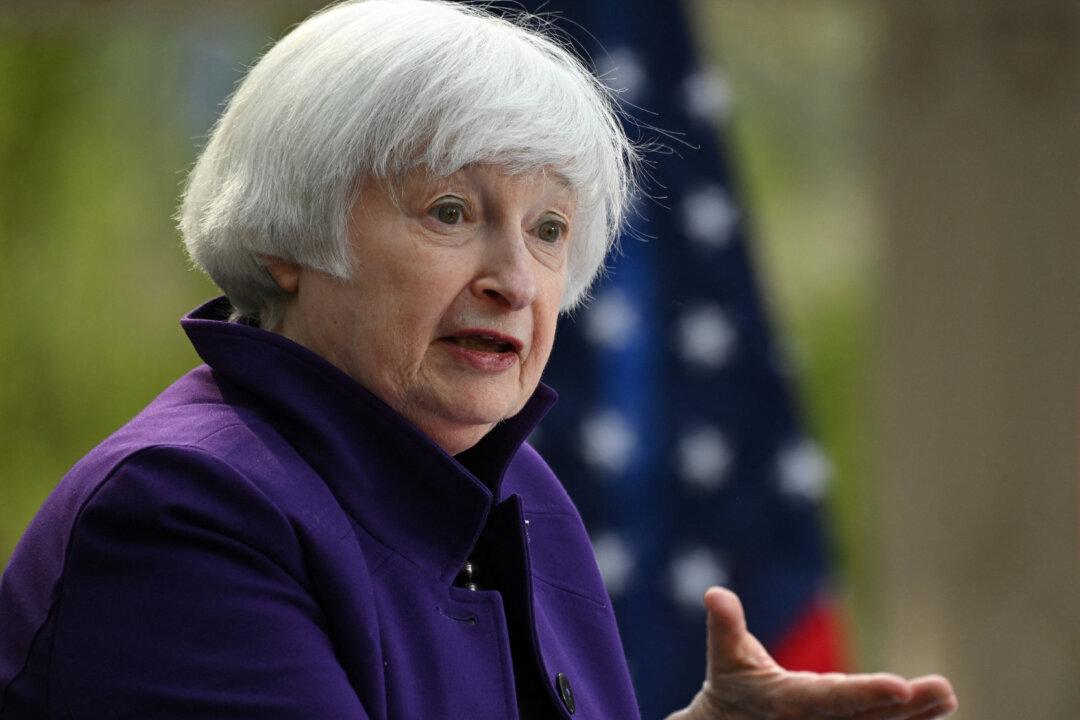
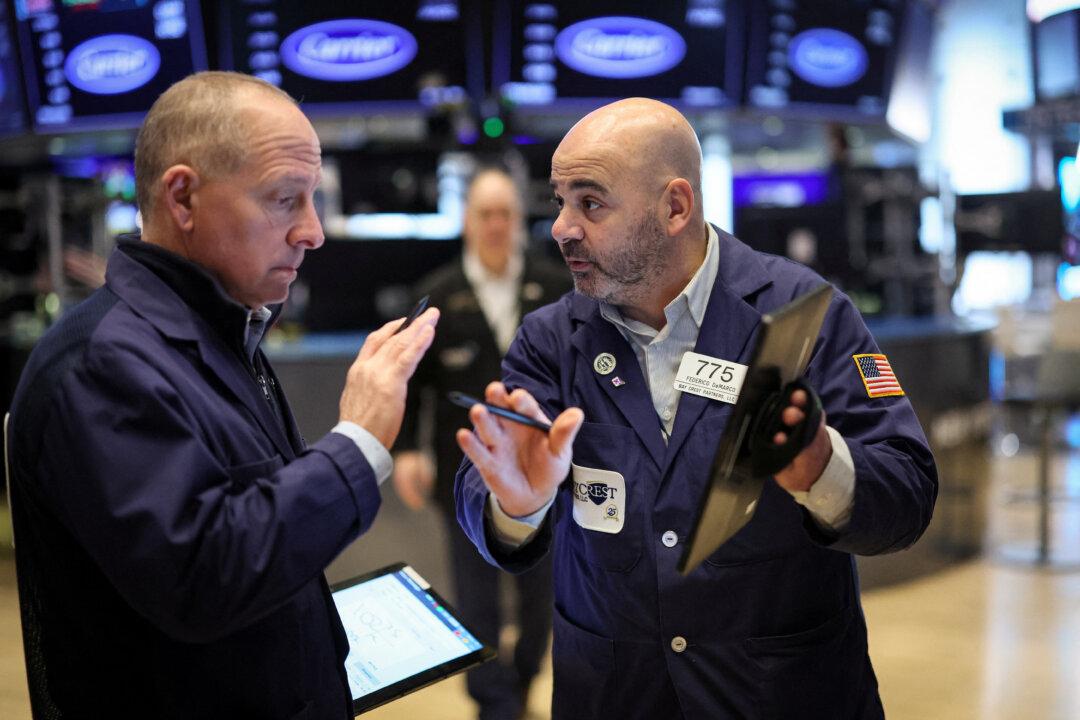
Friends Read Free